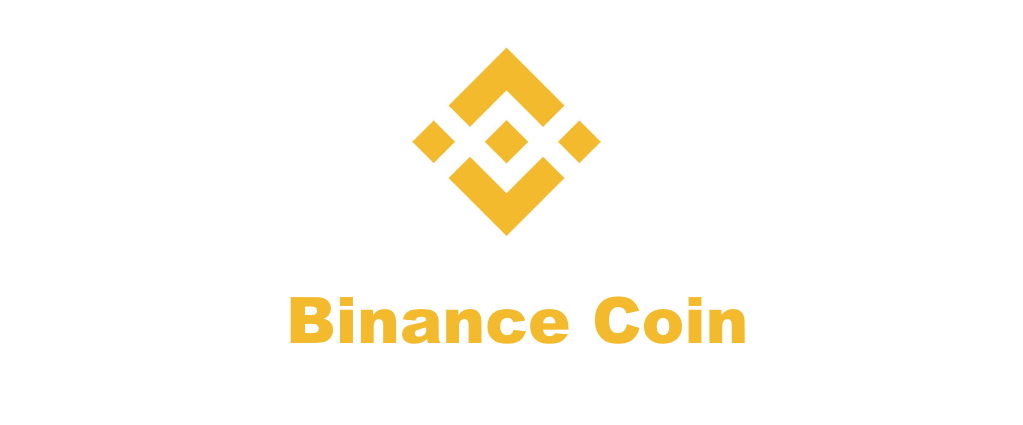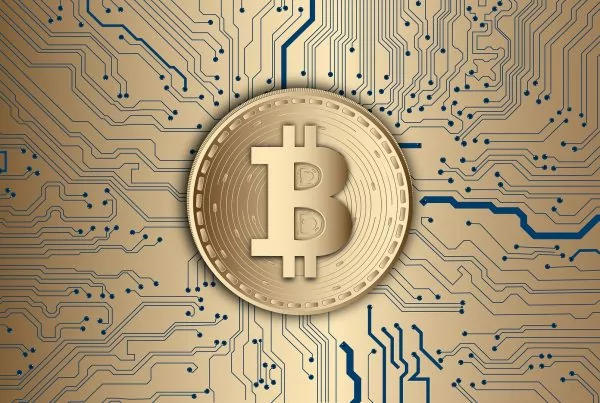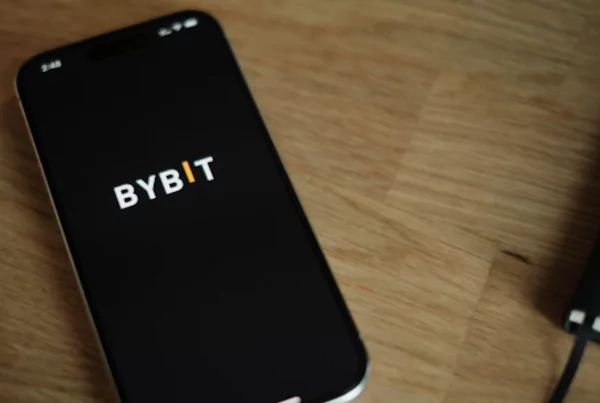The cryptocurrency markets continue moving at a rapid pace, and we are seeing leading crypto and blockchain projects coming out with significant updates every day. However, it can be hard to keep up with all of the innovation that’s happening in crypto – here’s where we can help you out. Let’s check out 3 projects that will be particularly interesting to follow this week.

1. Neo (NEO)
NEO is a blockchain platform that supports smart contracts and decentralized applications (dApps). NEO also allows users to create and deploy custom tokens through NEP-5 and other token standards. NEO leverages a dBFT (delegated byzantine fault tolerant) consensus mechanism. Users who hold NEO periodically receive GAS, which is necessary for paying transaction fees and running dApps on the NEO blockchain.
Why NEO? The Mainnet Upgrade Takes Place
The NEO mainnet was upgraded to the newest version of neo-cli v2.12.0 on September 20. Due to the upgrade, the NEO blockchain experienced a hard fork at block 620,000.
The update introduced an increased free sys_fee GAS threshold, which increased from 10 GAS to 50 GAS. In addition, the maximum amount of transactions allowed per block was adjusted to 200, and a bidding mode was implemented for all transactions.

2. Avalanche (AVAX)
Avalanche is a proof-of-stake blockchain platform that’s strongly focused on scalability. The Avalanche platform supports smart contracts, making it suitable for launching highly scalable decentralized applications. Like other blockchain platforms that support smart contracts functionality, Avalanche is suitable for DeFi apps, non-fungible tokens, DAOs and more. Avalanche also allows users to create highly complex digital assets that feature custom rules, covenants, and riders (smart assets).
Why Avalanche? The Mainnet Launched This Week
The Avalanche mainnet launched on September 21, meaning that the platform can now start supporting DeFi activities through its EVM-compatible feature set. Applications built on Avalanche can benefit from the platform’s impressive throughput of around 4,500 transactions per second.
Avalanche is positioning itself as a convenient way to help Ethereum-based applications scale without having to make significant changes to their code. This is possible because the Avalanche Contract Chain (C-Chain) is an implementation of the Ethereum Virtual Machine (EVM).

3. Binance Coin (BNB)
Binance Coin is a cryptocurrency created by the Binance cryptocurrency exchange in 2017. Originally deployed as an ERC-20 token on Ethereum, BNB is now the native asset of the Binance Chain blockchain. In addition to its use on Binance Chain, BNB provides several benefits to users who hold the token on the Binance exchange. BNB holders enjoy reduced trading fees on Binance and have access to some of the exchange’s exclusive products.
DeFi push and Binance Card
Binance continues to release new products and expand its offering. The exchange is making a move into the DeFi space with their Binance Smart Chain, and has set up a $100 million fund to attract developers onto its blockchain platform.
The exchange has also created multiple new programs that incentivize users to hold BNB.
First, Binance has launched its Binance Card crypto card, which allows users to spend their cryptocurrency wherever Visa cards are accepted. By holding BNB on Binance, Binance Card users can benefit from better cashback rates, and this could serve as yet another driver of demand for the BNB token. In addition, BNB holders can participate in Binance Launchpool by staking their BNB. In exchange for staking BNB, users receive tokens from new projects that are about to be listed on the Binance exchange. Projects that have participated in the Launchpool program so far include Bella Protocol and Wing.



